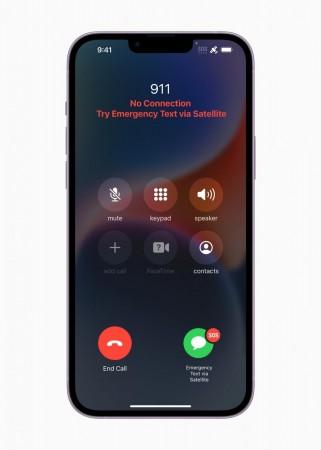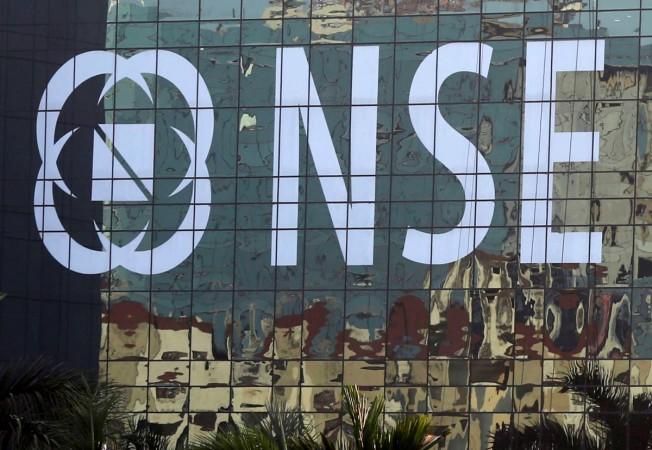Roivant Sciences and Pfizer Inc. announced formation of a new Vant to develop and commercialize PF-06480605 (now RVT-3101). RVT-3101 is a fully human monoclonal antibody targeting TL1A, which is currently in phase 2b development in ulcerative colitis (UC). The Vant has the exclusive option to collaborate with Pfizer on a next-generation TL1A directed antibody which recently entered phase 1.
RVT-3101 is a potential first-in-class agent that targets both inflammatory and fibrotic pathways by inhibiting TL1A, which has been shown to modulate the location and severity of inflammation and fibrosis by stimulating TH1 and TH17 pathways, in addition to activating fibroblasts. As such, RVT-3101 has the potential to provide greater efficacy by hitting multiple inflammatory pathways as well as fibrotic pathways.
RVT-3101 has been evaluated in an earlier phase 2 study (TUSCANY) in 50 patients, and is being evaluated in a large global phase 2b study (TUSCANY-2) in 245 adult participants with moderate to severe ulcerative colitis. The induction portion of TUSCANY-2 is complete, and the maintenance portion remains ongoing.
“Our internally discovered antibody against TL1A, could potentially be the first agent to bring biomarker-selected precision medicine to people living with inflammatory bowel disease,” said Mikael Dolsten, Pfizer’s chief scientific officer, President, Worldwide Research, Development and Medical. “We are very excited about the preliminary data from the TUSCANY-2 study and for this new Vant to drive the advancement of this asset. At the same time, it enables Pfizer to bring additional innovative breakthrough medicines and vaccines to patients in need more quickly, allowing us to serve more people.”
“We believe in RVT-3101’s potential to transform the inflammatory bowel disease landscape, which has long been in need of new, innovative therapies with greater efficacy,” said Mayukh Sukhatme, president and chief investment officer of Roivant. “We are excited about this collaboration with Pfizer on a potential first-in-class program, which we intend to pursue in both ulcerative colitis and in additional inflammatory and fibrotic diseases. TUSCANY-2 builds on the earlier TUSCANY data with many firsts for the class – TUSCANY-2 is the first study with subcutaneous efficacy data and the first dose-ranging study – and is among the largest phase 2b studies ever conducted in the indication. We are encouraged by the preliminary data and look forward to presenting our data and to seeing other results from the class.”
Inflammatory bowel diseases are chronic inflammatory diseases of the gastrointestinal tract. It is estimated that up to 2 million US adults suffer from inflammatory bowel diseases, which include ulcerative colitis and Crohn’s disease. There is significant unmet treatment need for patients with inflammatory bowel disease. High rates of treatment failure mean that approximately 50% of patients are cycling off a given therapy within 6 to 12 months and are unlikely to achieve sustained remission. The commercial markets for these diseases for advanced therapies is nearly $15 billion per year in the US alone and growing. Available treatments have very low remission rates, and thus there is a large need for an efficacious and safe therapy.
A new Vant or Roivant subsidiary has been created to develop and fund these programs. The Vant will be fully responsible for funding global development of RVT-3101 in UC and in additional inflammatory and fibrotic diseases and holds commercial rights in the US and Japan. Pfizer owns a 25% equity position in the Vant and maintains commercial rights outside of the US and Japan as well as representation on the company’s board of directors.
In addition, the Vant has the exclusive option to collaborate with Pfizer on a next-generation TL1A directed antibody which recently entered phase 1. The Vant will have the right to enter into an agreement for global development with a 50/50 cost share as well as co-commercialization rights with Pfizer prior to phase 2 (expected in 2025).
Roivant’s mission is to improve the delivery of healthcare to patients by treating every inefficiency as an opportunity.




![[Representational Image] flipkart](https://data1.ibtimes.co.in/en/full/687506/flipkart.jpg?h=450&l=50&t=40)

